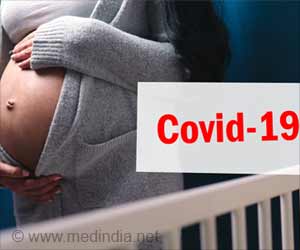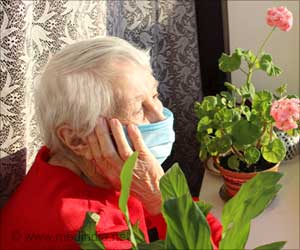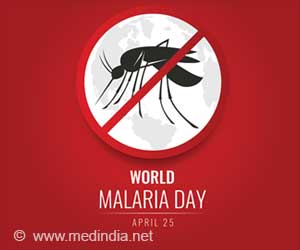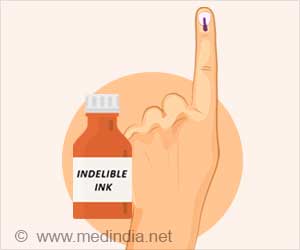- Easy and cost-effective way to determine the efficiency of masks in preventing the spread of viral droplets
- Fitted N95 masks most effective compared to other masks
- Valved N95 masks not so efficient in protecting people around
- Neck Fleece is the worst effective as it breaks down larger particles
Read More..
They used a quick, easy and cost-effective method to determine the effectiveness of the wide range of masks.
Experimental Setup
Fischer and his team devised an inexpensive laser experiment. It was mainly used to test how various types of masks block tiny droplets which may contain viral particles when people speak.
The experimental setup consisted of a lens which turns an optical laser into a sheet of light.
A mobile phone camera filmed the results.
An algorithm was used to count the droplets noticed in the video to figure out the efficiency of the mask.
Experiment Results
Fischer confirmed that small droplets get expelled when people speak, and some face coverings performed better than the other in blocking these expelled particles.
The mask that prevented the most amounts of droplets is N95 masks.
N95 masks were followed by surgical masks and polypropylene masks in reducing the amounts of droplets.
Other masks such as cotton masks, knitted masks showed an ability to block droplets.
The valved N95 mask did not perform as well as the fitted N95 mask due to its exhaust valve.
The valves are closed when breathing, but they are open when people are speaking. Thus, valved N95 masks are effective in protecting the wearer from the outside environment. However, it does a bad job of protecting others.
Bandanas were among the least effective options.
Neck fleece was found to be the worst, and it is worse than not wearing any face covering.
The number of droplets increased in the speaker with a neck fleece. The researchers believe the material of neck fleece breaks down large droplets into smaller ones.
Smaller droplets are easily carried away by air currents, making it dangerous for people nearby.
Conclusion
The researchers emphasize the easy, low-cost testing method to detect the efficiency of the masks.
Every mask is almost equal in protecting against COVID-19. Wearing a mask is vital to prevent the spread of the virus.
Source-Medindia











